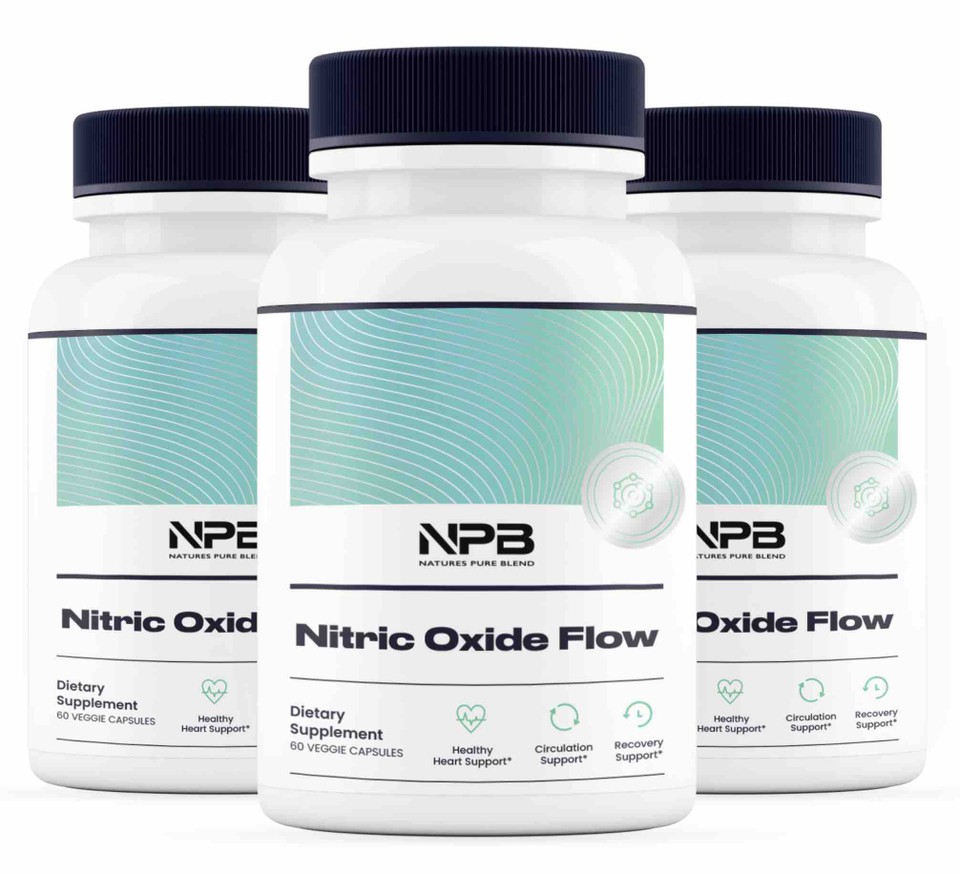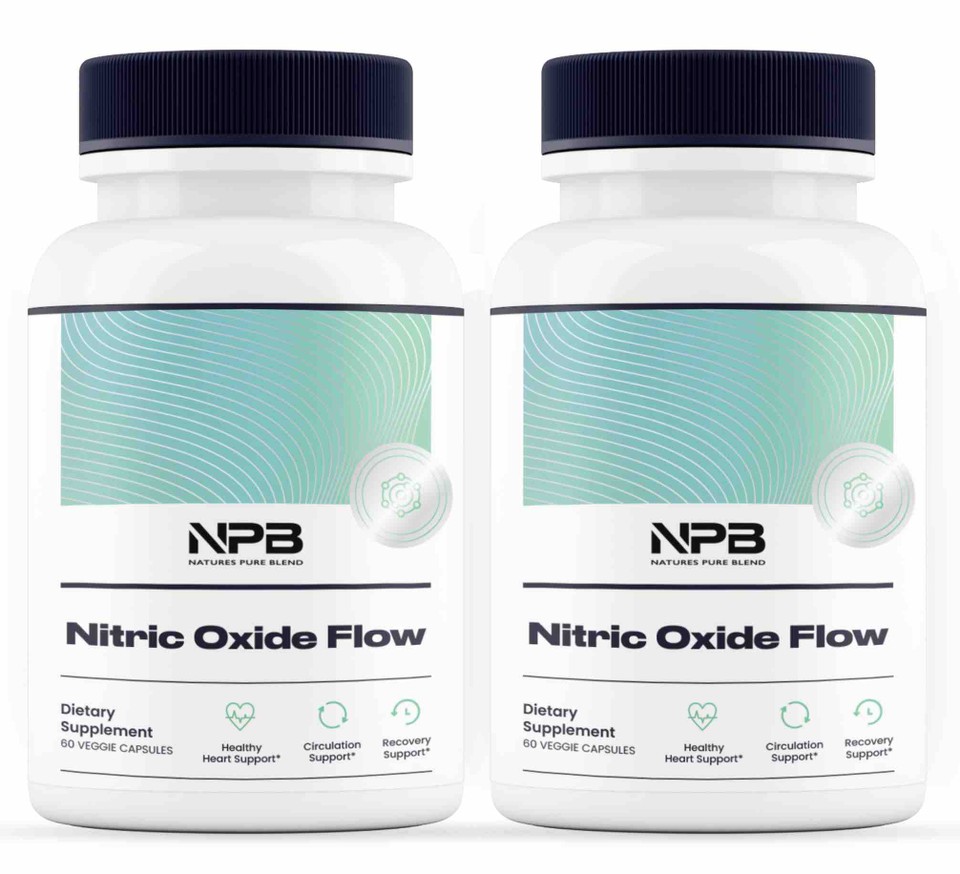Get Free Shipping On Orders $99+
7 Tips To Balance Nitric Oxide For Healthy Blood Pressure
Maintaining balanced nitric oxide (NO) levels is essential for healthy blood pressure and overall cardiovascular well-being. Nitric oxide is a vital molecule that relaxes blood vessels, improves circulation, and ensures efficient oxygen delivery throughout the body. Low levels of nitric oxide can lead to stiff blood vessels, reduced blood flow, and increased strain on the heart. Here are seven detailed tips to help you optimize nitric oxide levels and support heart health.
1. Understand the Role of Antioxidants
Antioxidants play a vital role in preserving nitric oxide levels in your body by neutralizing free radicals that can degrade it. Without adequate antioxidant protection, nitric oxide molecules are more likely to break down before they can benefit your blood vessels. Include foods rich in antioxidants, such as berries, dark leafy greens, and nuts, in your diet. Additionally, nutrients like vitamin C and E, along with plant compounds like flavonoids, can enhance nitric oxide’s stability and effectiveness. By protecting nitric oxide from oxidative stress, antioxidants help ensure that your blood vessels remain flexible and your circulation stays optimal. If your diet lacks these nutrients, consider discussing supplementation with a healthcare professional for additional support. Antioxidants also reduce inflammation, further improving vascular health and reducing the risk of high blood pressure. Research supports the idea that higher antioxidant intake is associated with improved nitric oxide bioavailability and reduced cardiovascular risk. 1
2. Get Moving Daily
Physical activity is one of the most effective ways to boost nitric oxide levels. Exercise stimulates the endothelial cells lining your blood vessels, encouraging them to release more nitric oxide. Activities like brisk walking, jogging, cycling, or strength training improve blood circulation and oxygen delivery throughout the body. Even short bursts of activity, like climbing stairs or performing bodyweight exercises, can have a positive impact. Aim for at least 150 minutes of moderate-intensity exercise or 75 minutes of vigorous activity per week. Remember, consistency is key—regular movement not only supports nitric oxide production but also helps maintain a healthy weight, further reducing strain on your cardiovascular system. 2
3. Avoid Excessive Stress
Chronic stress is a silent saboteur of nitric oxide production. High cortisol levels, triggered by prolonged stress, can constrict blood vessels and reduce the efficiency of nitric oxide synthesis. Stress also triggers inflammation, which may damage the endothelium—the thin layer of cells that release nitric oxide. Combat stress with intentional relaxation techniques. Deep breathing exercises, such as diaphragmatic breathing, can directly boost nitric oxide levels. Additionally, practices like mindfulness meditation, yoga, or even engaging in hobbies you enjoy can lower cortisol levels and improve overall vascular health. 3, 4, 5
4. Support Gut Health
The connection between your gut and nitric oxide production might surprise you. The bacteria in your gut play a pivotal role in converting dietary nitrates (found in certain foods) into nitric oxide. Without a healthy gut microbiome, this process can be less efficient. To nurture a diverse and thriving gut microbiota, include fermented foods in your diet, such as yogurt, kefir, kimchi, sauerkraut, and miso. These foods provide probiotics that enhance gut health and support nitric oxide production. Additionally, prebiotic fibers found in foods like garlic, onions, bananas, and asparagus feed beneficial bacteria, creating an environment where nitric oxide conversion can thrive. 6
5. Incorporate Deep Breathing Techniques
Proper oxygenation is a key factor in nitric oxide production. When you breathe deeply and slowly through your nose, nitric oxide is naturally released from the cells in your nasal passages. This nitric oxide then enters your bloodstream, helping to dilate blood vessels and improve circulation. Try incorporating deep breathing exercises into your daily routine, such as the 4-7-8 method: inhale through your nose for 4 seconds, hold your breath for 7 seconds, and exhale slowly for 8 seconds. Practicing this for just 5-10 minutes daily can significantly enhance nitric oxide levels while also promoting relaxation and reducing stress. 7
6. Use Sauna Therapy or Warm Baths
Heat therapy, such as spending time in a sauna or soaking in a warm bath, is a natural way to enhance blood circulation and nitric oxide production. When exposed to heat, your blood vessels dilate, a process known as vasodilation, which allows more blood to flow through and stimulates nitric oxide release. Saunas, in particular, have been shown to improve cardiovascular health, reduce blood pressure, and support detoxification. If a sauna isn’t accessible, a warm bath with Epsom salts can provide similar benefits. The magnesium in Epsom salts is also beneficial for nitric oxide production, making this a relaxing and effective way to care for your heart health. 8
7. Get Quality Sleep
Sleep is when your body performs essential maintenance, including restoring nitric oxide levels. During deep sleep stages, your body repairs the endothelial cells in your blood vessels, ensuring optimal nitric oxide production. Poor sleep disrupts these processes and can lead to imbalanced blood pressure. Prioritize 7-9 hours of uninterrupted sleep each night by creating a sleep-friendly environment. Use blackout curtains to block light, keep your bedroom cool, and limit screen time before bed to reduce blue light exposure. If falling asleep is a challenge, consider calming bedtime routines such as reading, meditation, or sipping herbal teas like chamomile. Consistently prioritizing high-quality sleep will provide long-term benefits for your nitric oxide balance and heart health. 9
Conclusion
Balancing nitric oxide levels is not a one-time effort but a lifestyle approach that can greatly benefit your cardiovascular health. By staying hydrated with electrolytes, exercising regularly, managing stress, nurturing your gut, practicing deep breathing, enjoying heat therapy, and prioritizing sleep, you can naturally boost nitric oxide levels. These habits not only support healthy blood pressure but also enhance overall vitality and well-being. Start incorporating these tips into your daily routine today and take proactive steps toward a healthier heart and body!
Support Lower Blood Pressure, Increase Circulation, & Improve Mental Clarity*
Join Our Community Of Health Lovers & Get Special Deals
Receive study-backed health tips, exclusive email deals, and more.
†Disclaimer: These statements have not been evaluated by the Food and Drug Administration. These products are not intended to diagnose, treat, cure or prevent any disease. Product results may vary from person to person.



